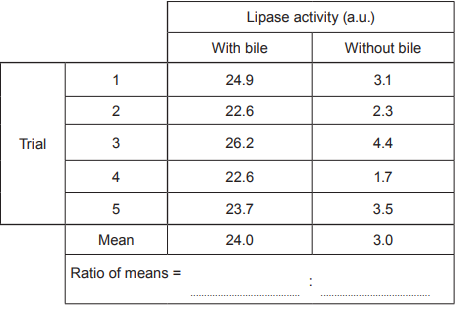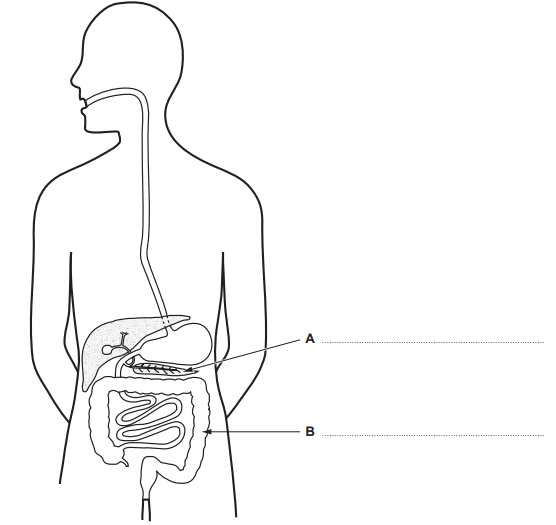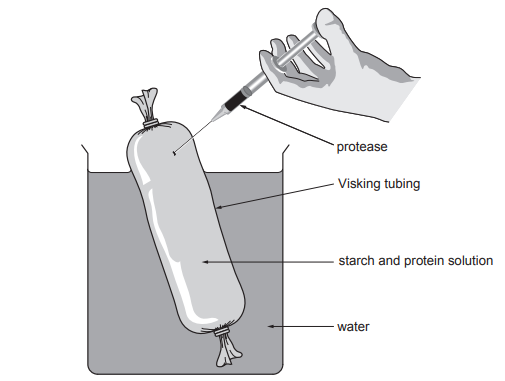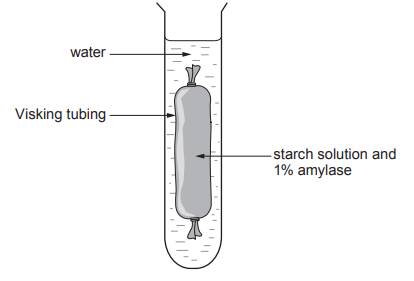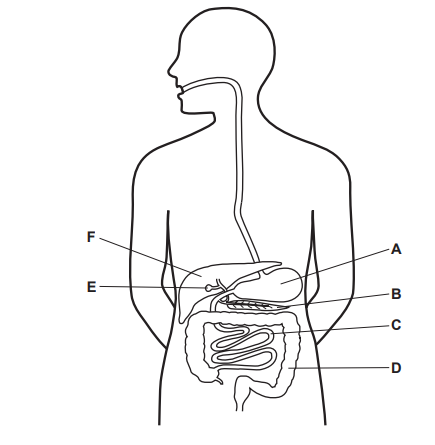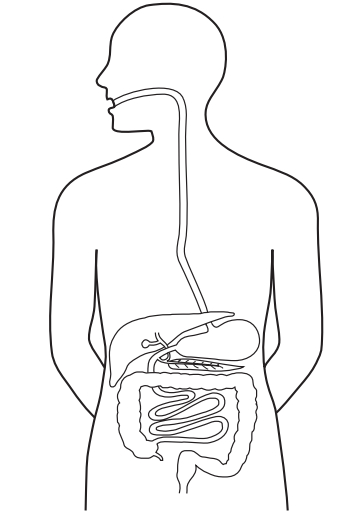Table 3.1 shows a nutritional information label from a packet of crisps.
Table 3.1
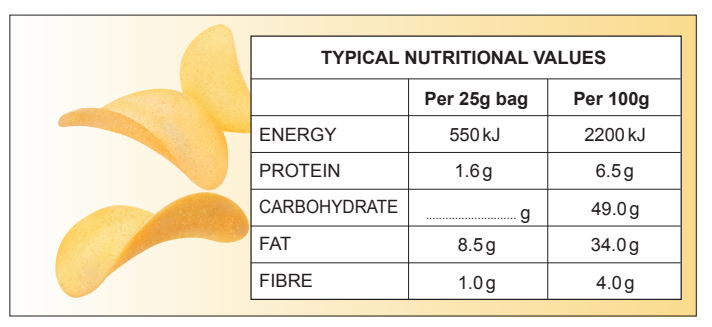
(i) Complete the missing value on Table 3.1 by calculating the mass of carbohydrate per 25g bag. Give your answer to one decimal place.
[2]
(ii) State the use of carbohydrate in the body.
[1]
A 6-year-old child ate two bags of these crisps.
(i) Calculate the total mass of fat in the crisps that the child consumed.
[1]
Total mass of fat = …. . . . . . . . . . . . . .…… g
(ii) That day, the child consumed more than the guideline daily amount of fat.
State two health problems of regularly consuming too much fat.
[2]
A student used the apparatus shown in Image 3.2 to measure the energy content of the crisps. She measured the temperature of the water before and after burning the crisp.
Image 3.2
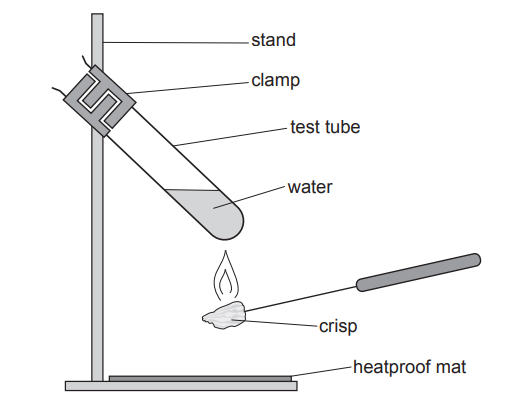
(i) State two safety precautions the student should have taken when carrying out the investigation.
[2]
(ii) State the piece of apparatus missing from Image 3.2 that is needed for the student to be able to measure temperature.
[1]
The temperature of water was 20°C before burning the crisp and 41°C after burning the crisp.
(i) Calculate the temperature rise of the water.
[1]
Temperature rise = .......................... °C
(ii) The crisp weighed 0.5g and the mass of water she used was 20g. Use the following equation and your answer from (d)(i) to calculate the energy (J) per gram of the crisps.
[2]

Energy released from food per gram = ................................ J
(iii) The energy value that the student calculated was much lower than the energy value stated on the packet.
Suggest the reason for this.
[1]
Did this page help you?

